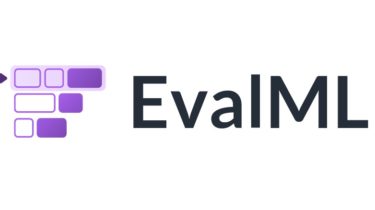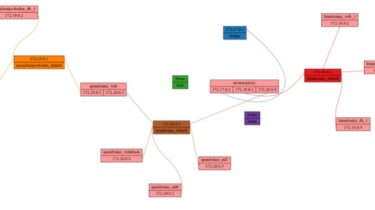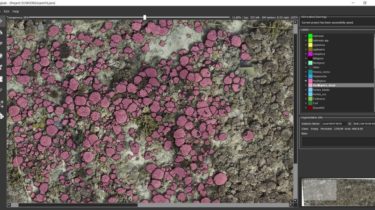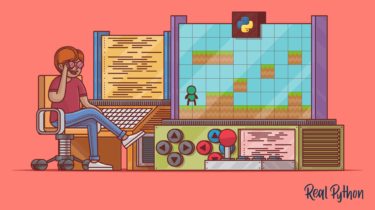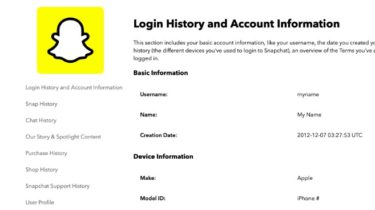Automate NLP Tasks using EvalML Library
“The quality of your communication shapes the quality of your life.”, with this beautiful line let’s s begin and understand what we will learn in this article. In my one of the article, I have explained how to automate machine learning problem statement using EvalML. In this article we will look at “is it possible to automate NLP task using EvalML?”. What is EvalML? It is an AutoML library that builds, optimizes, and evaluates machine learning pipelines using domain-specific objective […]
Read more